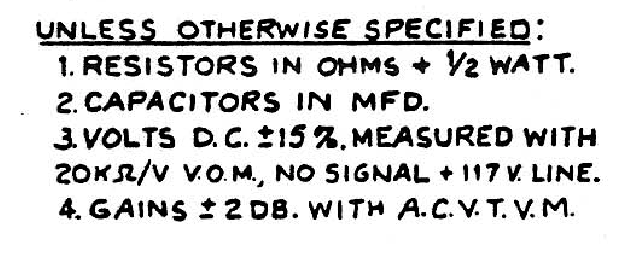triode17
Super Member
Thank you for listening, it's good to be helpful to someone.How do I adjust it? Seems like the tubes really make the difference. On the HV, I am at 183vdc and 218vdc on the drivers.
Edit: 203 schematic I am now using.
View attachment 1026761
Transformers are hot.
Perhaps before we address the drivers, we should look more at the power supply B+ being high at 510v. Because the other PS voltages are in line with spec, I would think the power tubes are not conducting enough. What is the current power dissipation on the plates? Also, which transformers are hot?






